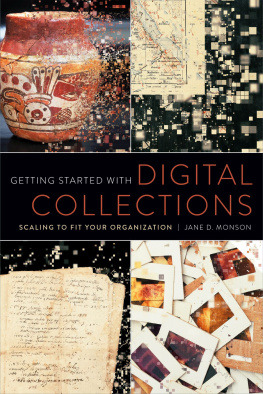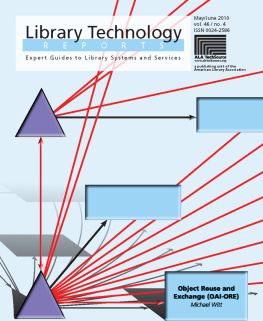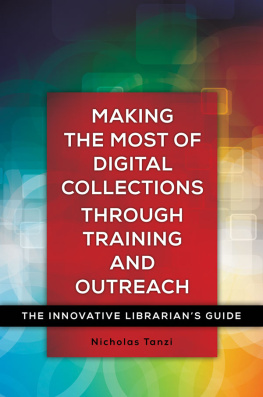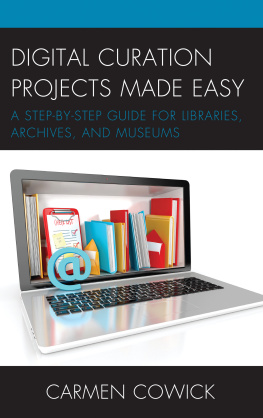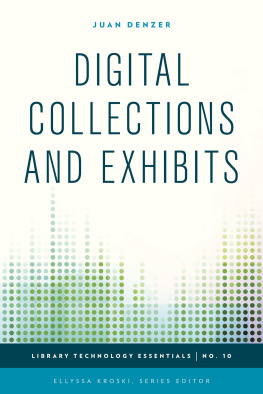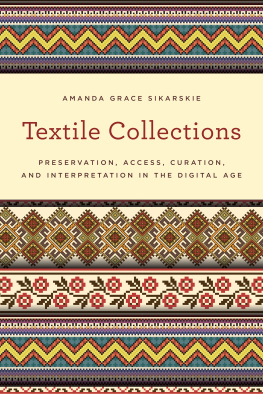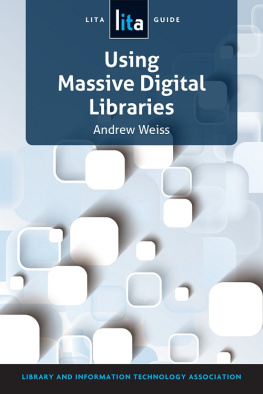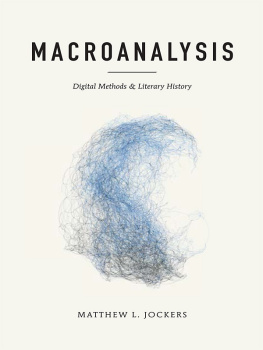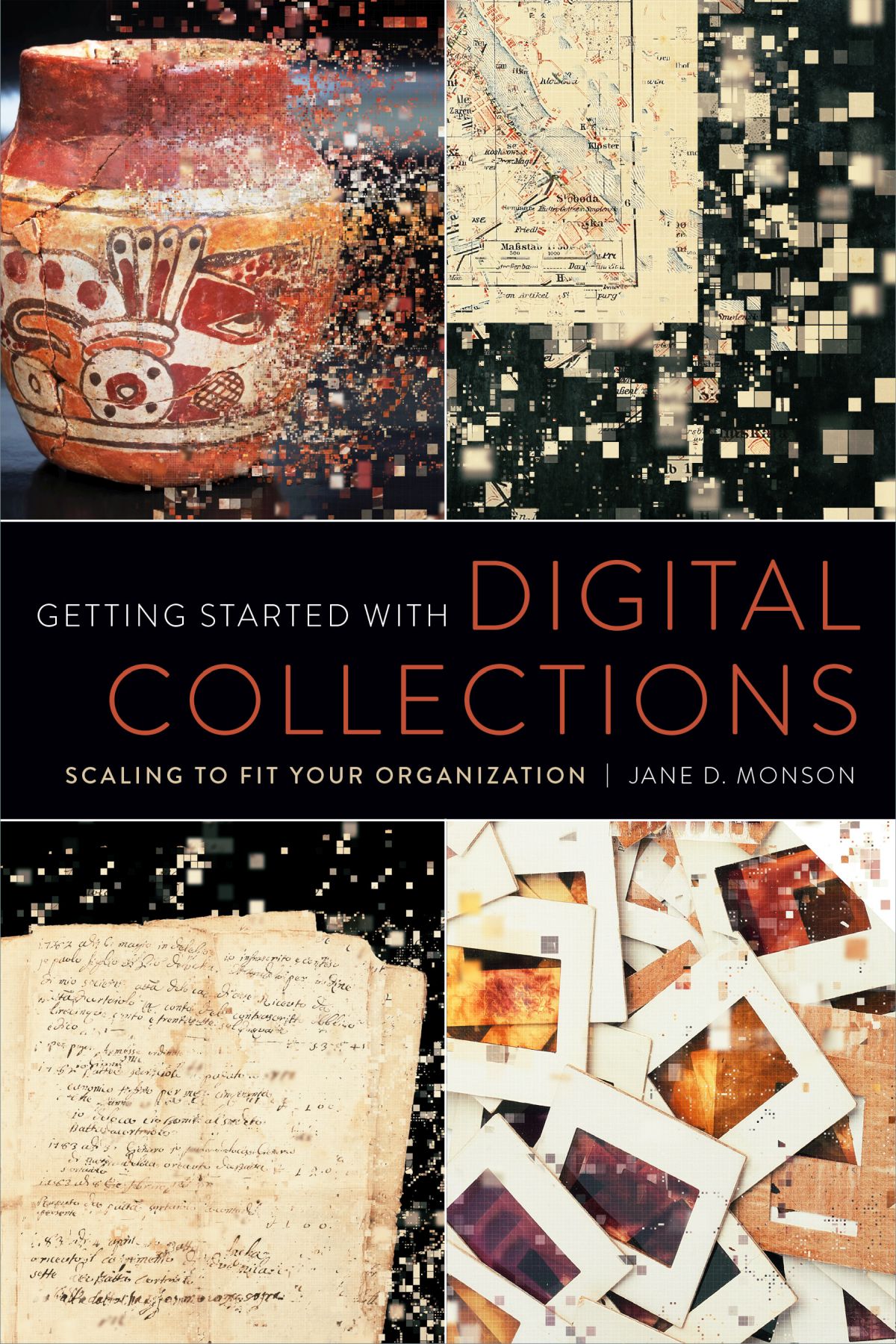
ALA Editions purchases fund advocacy, awareness, and accreditation programs for library professionals worldwide.
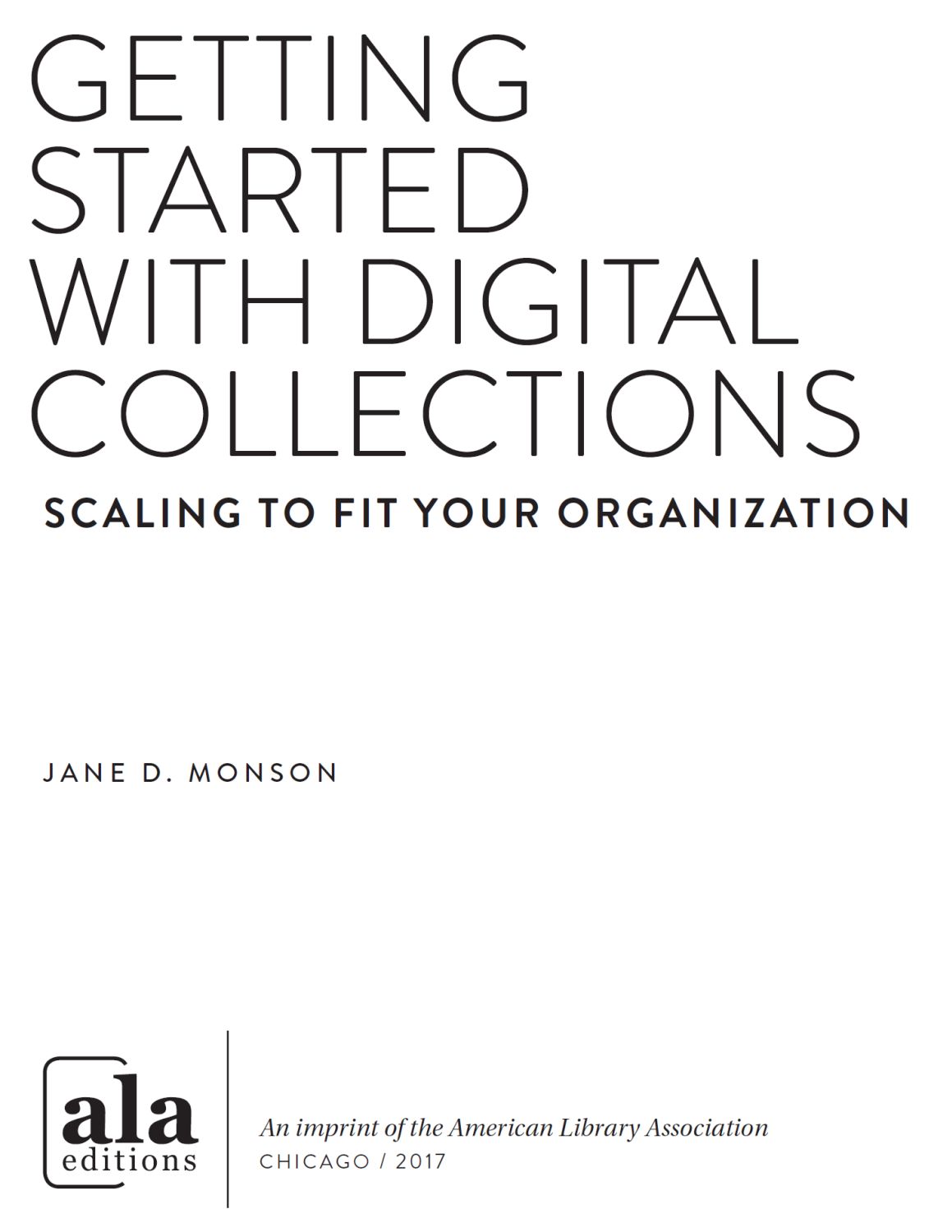
JANE D. MONSON is currently digital initiatives librarian at the University of Northern Colorado. Previously, she was digital projects librarian at Truman State University in Missouri. She edited the LITA Guide Jump-Start Your Career as a Digital Librarian (2013). She is reviews editor for the Journal of Web Librarianship and serves on the Resources for College Libraries Editorial Board. Monson holds an MA in library and information science from the University of Iowa.
2017 by the American Library Association
Extensive effort has gone into ensuring the reliability of the information in this book; however, the publisher makes no warranty, express or implied, with respect to the material contained herein.
ISBNs
978-0-8389-1543-1 (paper)
978-0-8389-1545-5 (PDF)
978-0-8389-1546-2 (ePub)
978-0-8389-1547-9 (Kindle)
Library of Congress Cataloging-in-Publication Data
Names: Monson, Jane D., 1977 author.
Title: Getting started with digital collections : scaling to fit your organization /
Jane D. Monson.
Description: Chicago : ALA Editions, an imprint of the American Library
Association, 2017.
Identifiers: LCCN 2016047208 | ISBN 9780838915431 (pbk. : alk. paper) |
ISBN 9780838915455 (PDF) | ISBN 9780838915462 (ePub) | ISBN 9780838915479
(Kindle)
Subjects: LCSH: Digital librariesManagement. | Small librariesAdministration. |
Library materialsDigitization. | Metadata. | Digital librariesCollection
development. | Copyright and digital preservation. | Digital preservation.
Classification: LCC ZA4080 .M66 2017 | DDC 025.8/4dc23 LC record available at
https://lccn.loc.gov/2016047208
Cover images: Adobe Stock.
CONTENTS
The immense changes brought about by the digital revolution are still relatively recent in the collective memory, and most of us can recall a time when libraries, archives, and museums were strictly places to be visited, physical destinations first and foremost. Now that the Digital Age is well underway this reality has shifted, as these institutions are able to harness the Internet to bring their collections directly to users, wherever they may be. Once novel, this level of service has become the expectation of a public that is accustomed to having all manner of information at its fingertips at all times.
Even for the largest cultural heritage institutions, this expectation can be difficult to meetmany have been digitizing materials for years and have yet to make much of a dent in their overall holdings. But smaller institutions face a unique challenge. They may have been unable to jump on the digitization bandwagon at its beginning due to competing priorities or lack of resources, and are now struggling to get a digitization program in place to meet the evolving needs and expectations of their own users. The larger digitization conversation, which has centered mainly around the larger institutions, has now progressed to the point that a novice will have trouble wading through news of the latest innovations and acronyms to piece together the basic knowledge they need to get started.
As a graduate student in library and information science, I was lucky enough to receive a comprehensive education in digitization fundamentals through a specialized curriculum that included hands-on project work in a well-established digitization program at a large academic library. This experience gave me the ability to step into a position as a solo digital librarian at a small academic institution that was starting a brand-new digitization program from scratch. But administrators at many smaller institutions cannot, and perhaps do not want to, hire a designated digitization professional to oversee the creation of their first digital collections. And frankly, they dont need to. Nonexperts can accomplish the task just as successfully when equipped with some fundamental knowledge and the right tools.
As with many endeavors, the hard part is often figuring out where to start. This book provides an entry point for librarians, archivists, and curators who are new to digitization. It aims to assemble in one place the key information necessary to get a digitization program off the ground. It focuses on the needs of professionals at small and midsize cultural heritage institutions who do not have previous experience with digital collections and who may be working with limitations related to money, staffing, and technology. The book is divided into two parts: Managing Projects, which provides strategies for completing digitization projects at smaller institutions, succeeding as a solo digital collections manager, and working collaboratively both within and outside your institution; and Basic Skills, which defines important terminology and outlines best practices for digital image conversion, metadata creation, hardware and software selection, copyright compliance, and digital preservation.
This book is also meant to be a jumping-off point for further learning, since no single volume can provide you with all the information you may need or want to know. After reading it, my hope is that you will have a strong grounding in digitization fundamentals, as well as a solid grasp of the resources available to assist you as you move forward.
Jane D. Monson
MANAGING PROJECTS
DIGITIZATION AT SMALLER INSTITUTIONS
D igitization has been one of the most frequently used buzzwords in the cultural heritage sector since the early twenty-first century, when the activity really began to take off in libraries, archives, and museums. While well-funded, cutting-edge institutions started their nascent digitization programs in the 1990s, it wasnt until the mid-2000s that a tipping point was reachedthis is according to a 2005 Association of College and Research Libraries survey of academic libraries, which found a nearly tenfold increase in the number of digital collections reported since the previous year (Raab 2007). These days everyones doing it, or so it seems, and for many institutionsthe large public and research libraries, museums, and archives of the worldit almost seems as good as done. If you look at the websites of institutions like the Library of Congress, the British Museum, or a Big Ten university library, you may find thousands if not millions of digitized objects in nicely designed collections, complete with detailed descriptive records and likely a slew of added value features such as OCR (optical character recognition) for full-text searching; images that can be zoomed, panned, and cropped; social media integration; or interactive multimedia such as maps and time lines. These collections represent many years and man-hours of work, usually involving specialists who are dedicated to their creation, and often entire departments of such specialists.
Often in the parlance of digital librarians and other technologists there is talk of scaling, referring to whether or not a process scales up to a larger level of magnitude. But in the case of digitization at smaller institutions, such as public and college libraries and local archives, museums, and historical societies, the better question may be whether the approach of larger institutions scales down. These are the places where digitization efforts may still be getting off the ground, and where librarians, archivists, and curators are seeking out the best ways to get started with digitizing their collections. They may be feeling pressure to catch up to larger organizationsindeed, according to a 2010 report by the Online Computer Library Center, one of the most challenging issues in special collections and archives was the implicit mandate to put as much material as possible online, and as soon as possible (Dooley and Luce 2010). If anything, this expectation has only grown stronger with time.
Next page
